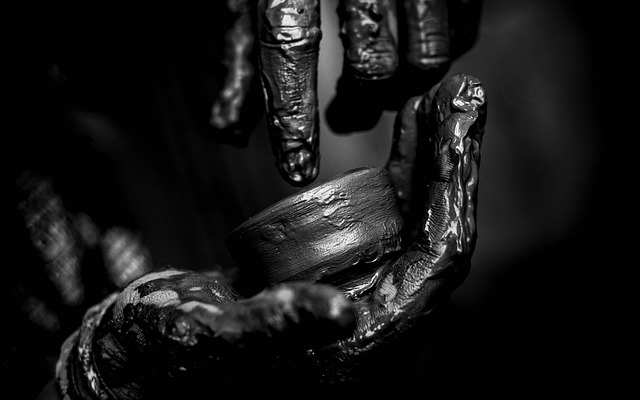
Fostering Employee Creativity in the Workplace: A Blend of Science, Technology, and Culture
In today’s fast-paced business landscape, fostering employee creativity is no longer just an option; it’s a necessity. Organizations that encourage creative thinking often find themselves at the forefront of innovation, leading to enhanced problem-solving abilities and improved performance. But how can employers effectively nurture creativity within their teams? To answer this, we must delve into the interplay of science, technology, and workplace culture.
Let’s start with the science of creativity. Research shows that creativity thrives in environments that are rich in stimulation and support psychological safety. This means that employees should feel comfortable sharing their big ideas without the fear of ridicule. Companies can establish this safety net by encouraging open communication and fostering a growth mindset. When employees know their contributions are valued, they are more likely to take risks with their ideas and push the boundaries of conventional thinking.
On the technological front, the rise of collaborative tools and platforms has revolutionized the way teams interact. Technology is not just a means to an end; it can be a catalyst for innovation. Tools like digital whiteboards, project management software, and conferencing applications allow teams to brainstorm in real time, even from different locations. For example, using platforms like Miro or Trello can help in visualizing ideas, leading to unexpected directions and solutions. The integration of artificial intelligence also opens up new avenues for idea generation. AI can analyze trends and suggest improvements, acting as a co-creator that inspires human workers to think outside the box.
However, technology is only part of the equation. A strong workplace culture plays an equally pivotal role in fostering employee creativity. Organizations that embrace diversity and inclusivity naturally cultivate a richer pool of ideas. When employees from various backgrounds and experiences come together, they bring different perspectives to the table, sparking a creative synergy. Companies like Google and Adobe demonstrate this beautifully by creating cross-disciplinary teams that blend skill sets and viewpoints, thus enhancing collaborative creativity.
Moreover, encouraging work-life balance is crucial. Employees who feel refreshed and valued outside of work are more likely to contribute creatively within it. Companies should consider flexible working arrangements, wellness programs, and opportunities for skill development. This approach not only nurtures creativity but also yields happier and more engaged employees, further driving innovation.
Finally, recognizing and rewarding creative efforts can significantly enhance a culture of innovation. When organizations celebrate creative successes, be it through awards, shout-outs in meetings, or showcasing projects, they validate teamwork and motivate further creative exploration. This recognition is not merely a pat on the back; it’s a powerful signal that creativity is a core value within the company.
By blending insights from science, leveraging the latest technology, and cultivating a supportive workplace culture, companies can effectively foster employee creativity. This synergy is essential not only for individual growth but also for organizational success in an ever-evolving marketplace.



